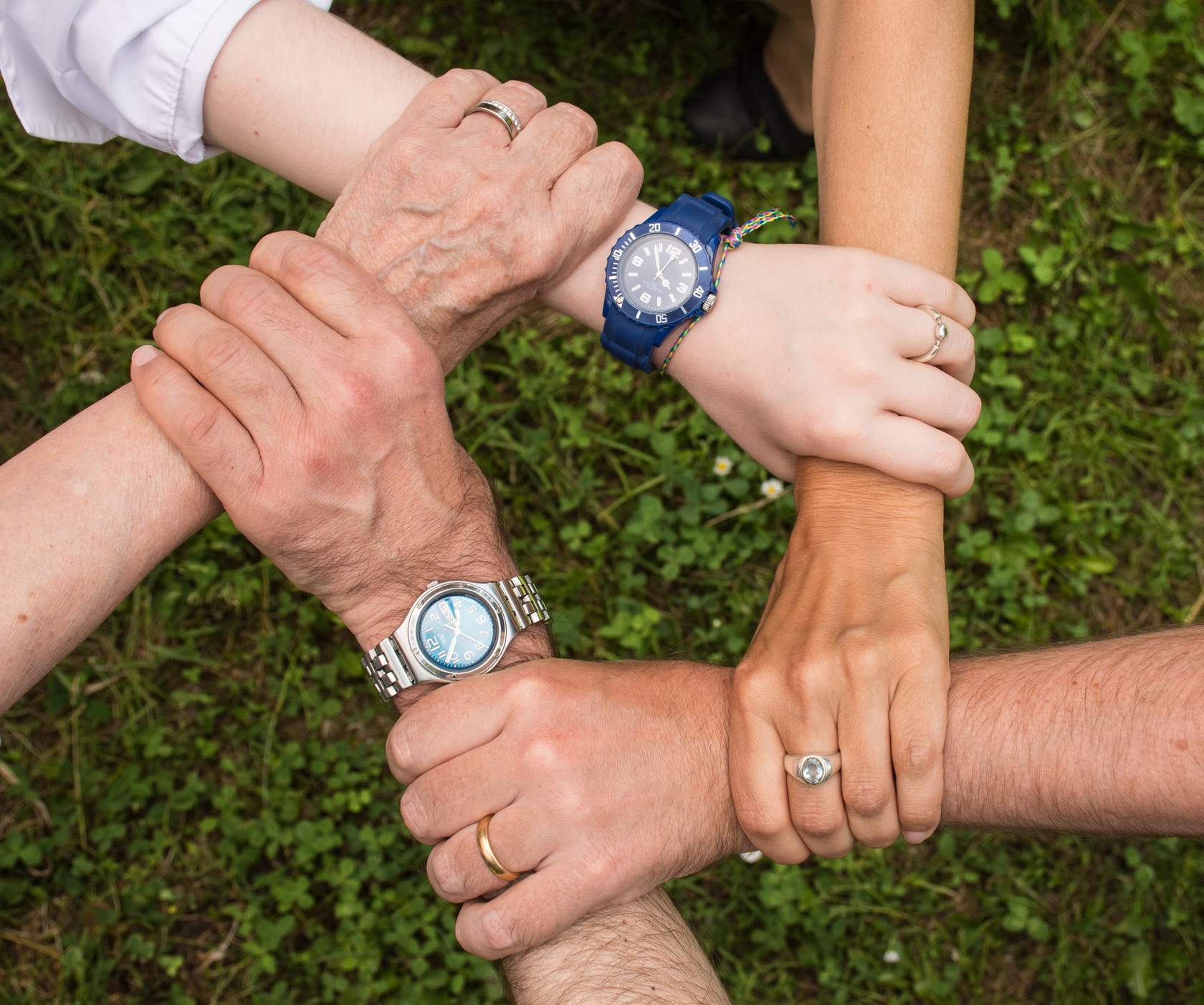Managing Teamwork - Structure
- Guides
- Managing Teamwork
- Structure
Another foundation of team effectiveness is a strong structure. Teams need to have the right mix of people, roles and responsibilities need to be structured effectively, there needs to be clear ground rules for how the team operate and work together and there needs to be a structure in place that recognises and rewards achievement.
The team mix
In any team you need to have the right mix of skills and experience to get the work done. Think about a sports team. There are a number of different positions within the team and each position requires a certain set of skills and experience. For a team to be effective, you need the right mix - too much of the same skill set and your team is out of balance.
The same principle applies in organisational teams. A team's tasks may require certain technical skills, creative skills or interpersonal skills to be completely effectively, so you want to make sure you have the right mix of skills within the team.
Teams also benefit from diversity in other areas. Diversity in age, gender and background can introduce different views and perspectives that can help teams to make better decisions and be more innovative.
Note: Building a team from the ground up is a luxury that many managers don't have - often you will inherit a team with existing members. If you have inherited a team and cannot change the mix of team members, there are still many steps you can take to optimise your team's effectiveness.

Roles and responsibilities
Optimising team roles
For a team to be optimally effective it is important that, where possible, each team member is working on tasks that best utilise their strengths. This means that you are making the most of the skill set you have within your team and provides an added motivation boost to your team members. Studies have shown that performance improves when people are given opportunities to work on their strengths.
It's important to note that optimising team roles is not about trying to structure the roles in your team so people are always doing things that they are good at or enjoy - we all have to do things that we don't like or aren't the best at. The idea is that where you can, try not to have people working on high value tasks that don't suit their skill set.
To help you optimise the roles within your team, try the following steps:
- Define the team tasks - map out the key tasks that your team need to complete.
- Identify your team members' strengths and weaknesses - if you have managed your team for a while you should have a good understanding of this. If not, meet with your team members and discuss what they see as their strengths, weaknesses and preferences for certain tasks.
- Assign the tasks to your team - try to match the type of task (e.g. creative, detailed, technical) to the strengths of each team member.
- Monitor and evaluate - monitor the performance of your team members and evaluate how they are performing. If you find that some task allocations are just not working, re-allocate the tasks. Think of it as continuous improvement; refine it over time until you find the optimal fit.
Ground rules
Ground rules (or team norms) are a set of guidelines that spell out how team members are expected to behave. The aim of having ground rules is to set a foundation for positive team behaviour and reduce the potential for dysfunctional team behaviour to creep in over time.
Types of ground rules may include:
- Communication (e.g. be respectful, be courteous).
- Attitudes/mindsets (e.g. can-do attitude, be open to feedback, always learn).
- Collaboration (e.g. respect each other's time).
Setting ground rules
The great thing about setting ground rules is that there is no one set of ground rules that you should put in place - it comes down to what your team members value when working with each other.
- Make it a collaborative process - ground rules are about what is important to the team as a whole, so you want all team members involved. If they have been a part of setting the ground rules they will be more inclined to adhere to them and enforce them if other team members break them.
- Agree on a handful of do's - pick 2-3 key behaviours that you do want to see (e.g. turning up to meetings on time).
- Agree on a handful of don'ts - pick 2-3 behaviours that you don't want to see (e.g. saying "it can't be done" or "it's too hard").
Learn more